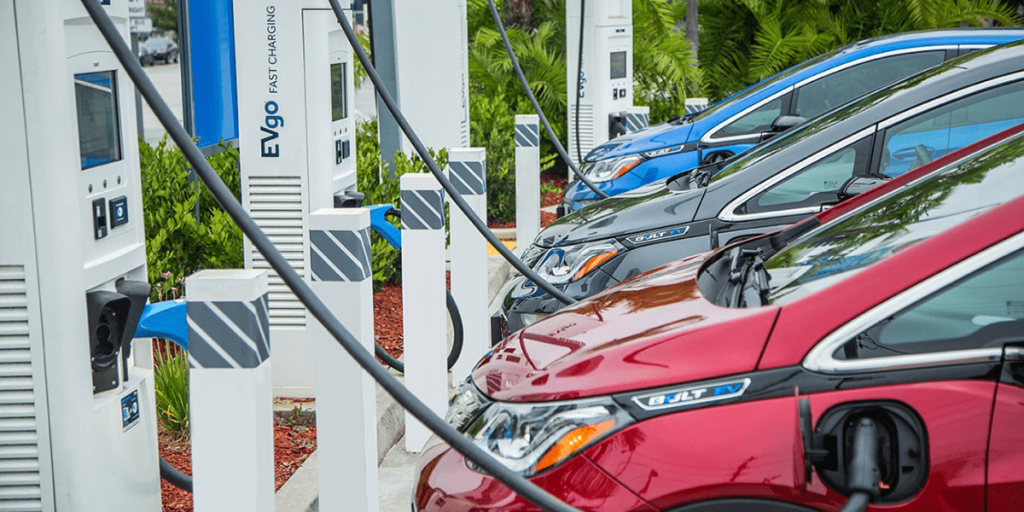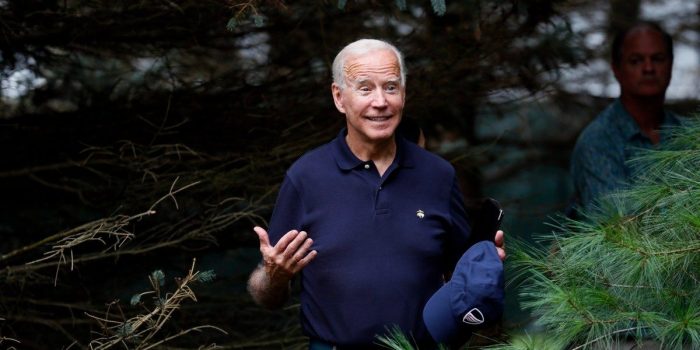It is no news anymore that electric vehicles are the future of the automobile industry. People are becoming more aware of the menace caused by fuel fumes and carbon emissions. Moreover, electric vehicles are also becoming a status symbol, and people who own these vehicles are considered to be more popular and affluent than the rest. Therefore, a surge in the demand for these vehicles is being seen.
Electric vehicles need to be normalized and made more accessible. For this, the efforts of the regular people are not enough. Governments and authorities have to promote them as well. Following this strategy, Joe Biden has recently taken an initiative in this direction. He has given an executive order for the federal government that their state vehicles must be electric ones. Moreover, he has also given a milestone for 2030 that states that half of the sales of cars done in that year must be those of electric vehicles. The number is suspected to rise to 97 percent.

According to the Electrification Coalition Executive Director Ben Prochazka, this will set a remarkable precedent for the masses to follow. The large fleet of state vehicles will be enough to boost and enhance the growth of the electric vehicles market. Moreover, this will also make the cars popular and the people will follow.

According to the test run by total cost of ownership (TCO) metric, this fleet will save a lot of money for the government. If around 40 percent of the fleet is converted into electric vehicles, by the year 2025, the savings can reach up to $316 million. Besides monetary benefits, this transformation will also be massively beneficial for the environment, it will reduce up to 7.6 million metric tons of carbon emissions as well.
In order to support and aid this transition, the infrastructure budget was $1 trillion was passed by the Senate. Out of this, $7.5 billion is for EV charging stations. Other states are also enabling this futuristic infrastructure individually. You can see the report here.


